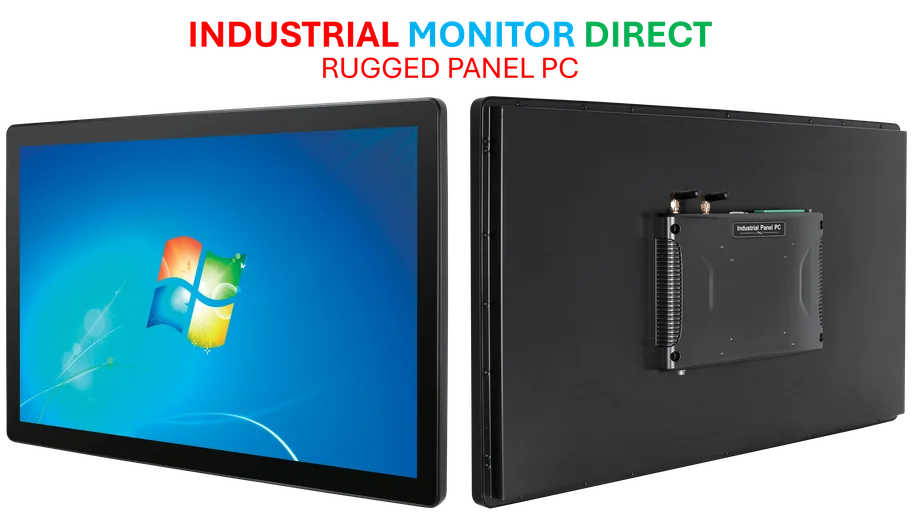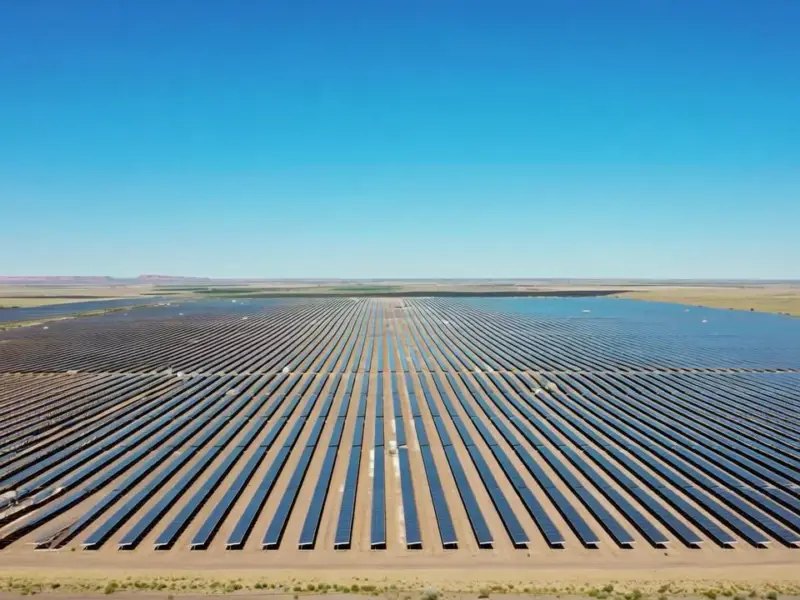According to DCD, UK data center company Deep Green is officially expanding into the United States with a planned $120 million, 24MW facility in Lansing, Michigan. The company will partner with the municipally-owned Lansing Board of Water & Light to supply free, carbon-neutral heat directly into the utility’s hot water system. Construction on the DC06 facility is expected to begin in spring 2026, with local press suggesting it could go live by the first half of 2027. The project is projected to generate over $1 million in additional annual revenue for Lansing while reducing future utility rate increases. CEO Mark Lee stated their mission is to “accelerate the decarbonization of heat for the benefit of people and the planet.” However, the Lansing planning commission recently delayed making a recommendation amid local resident opposition.
The heat recycling revolution
Here’s what makes Deep Green different: they’re not just building another power-hungry data center. They’re specifically placing high-performance computing servers where the waste heat can be fully utilized. Basically, they’re turning a major problem for most data centers – all that heat they generate – into a free resource for communities. The Lansing facility will capture heat that would otherwise be wasted and pipe it directly into BWL’s hot water system. That’s a pretty clever way to address two problems at once: data center energy consumption and community heating needs.
Not so smooth sailing
But it’s not all green lights and smooth approvals. The Lansing planning commission just voted to delay their recommendation after hearing opposition from local residents. According to local reports, there’s some community pushback happening. This is the reality of urban development – even when projects promise economic and environmental benefits, neighbors often have concerns about noise, traffic, or changing neighborhood character. The company originally planned to use the former Cooley Law School Campus, but now they’re looking at a city-owned parking lot across from the water treatment plant. Location changes like this can create uncertainty and additional scrutiny.
The bigger expansion picture
This Michigan project isn’t just a one-off experiment. Deep Green describes DC06 as the first in a “substantial pipeline” of capacity across the United States. The company aims to deploy 300MW of distributed capacity across Europe and the US. They’ve already got facilities operating in the UK, including a 1.1MW site in Swindon and partnerships with leisure centers where their servers heat swimming pools. What’s interesting is their cooling approach – they’re planning to use Rear Door, Direct-to-Chip, and Immersion cooling systems, supporting up to 400-600 kW per rack. That’s some serious computing power, and it requires robust industrial computing infrastructure to manage those thermal loads effectively. Companies specializing in industrial panel PCs and computing hardware will be crucial partners for this kind of high-density deployment.
Economic versus environmental benefits
The project’s selling points are pretty compelling from both economic and environmental angles. Mayor Andy Schor highlighted the $1 million+ in annual revenue that could fund city services, while BWL general manager Dick Peffley emphasized reduced carbon emissions and minimized future rate increases. But here’s the thing – can they actually deliver on both promises simultaneously? Sometimes these green tech projects face the reality that being environmentally friendly costs more, not less. Deep Green’s model of giving away the heat for free suggests they’ve found a way to make the economics work, possibly through their computing services or the efficiency of their operations. With UK utility Octopus Energy as an investor, they’ve got some serious backing behind their vision.




